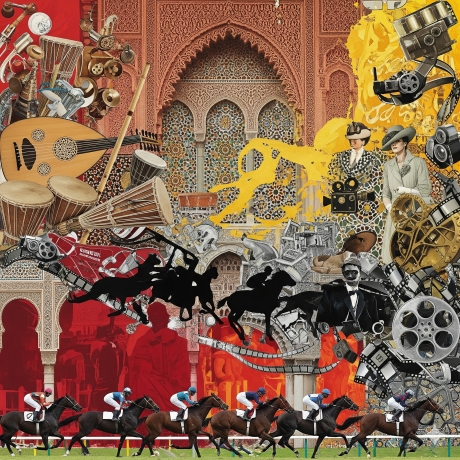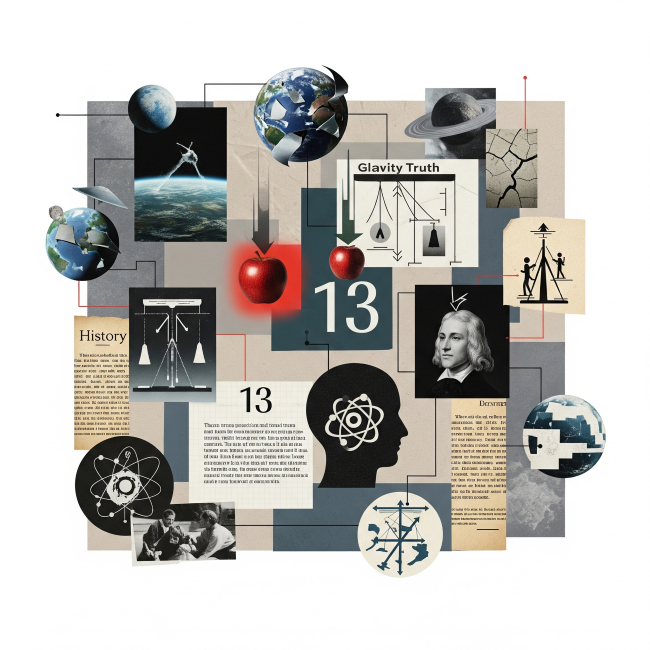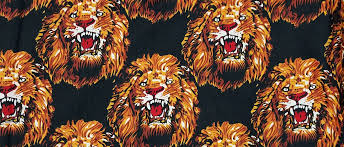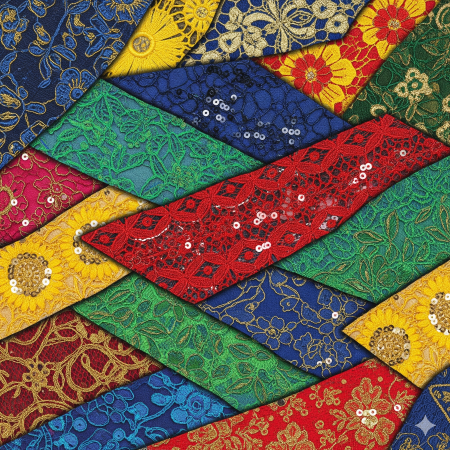From Tradition to Web: Indigenous Aesthetics in African Typography
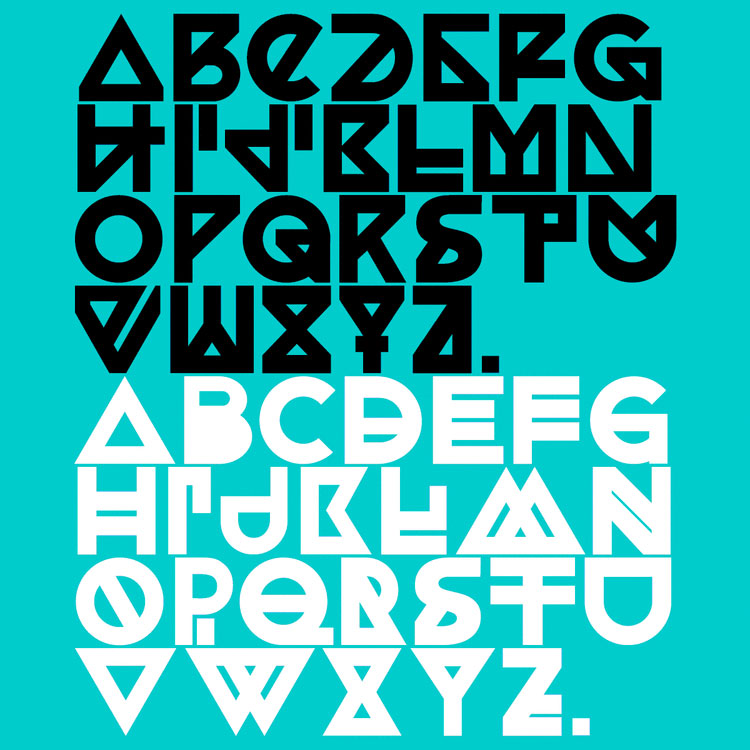
In the vast landscape of digital typography, where a handful of fonts are widely familiar, a quiet revolution is unfolding. This revolution draws deeply from African culture, history, and language, creating a fresh visual language for the web that speaks directly to the continent's unique identity. African-inspired web fonts are not merely new typefaces; they are cultural statements and artistic expressions that celebrate Africa's rich traditions in a digital world.
A New Generation of African Designers
A new generation of African designers and font foundries is drawing inspiration from indigenous art, language, and cultural symbolism to create fonts that are distinctly African. These fonts serve as tools for communication and visual storytelling, allowing African narratives to flourish in the digital space. They offer users fonts that reflect their history, languages, and artistic heritage.
Ga Maamli: A Font Rooted in Ghanaian Street Culture
Image Credit: Instagram
One of the most striking examples of this movement is the font known as Ga Maamli. Designed by Afotey Clement Nii Odai, Ama Diaka, and David Abbey-Thompson, Ga Maamli is deeply rooted in the vibrant coastal communities of Ghana, particularly Jamestown and Nungua.
These neighborhoods are known for their lively street culture and hand-painted signs conveying political messages and market advertisements. The uneven lines and irregular shapes in Ga Maamli capture the essence of this hand-painted tradition, carrying the voices of local artisans and community storytellers into the digital era.
Ojuju: Spiritual and Artistic Traditions from Nigeria
Image Credit: Google Fonts
From Nigeria comes Ojuju, created byChisaokwu Joboson. Named after a Yoruba word associated with spirits or supernatural forces, the font embodies a deep connection to African spiritual and artistic traditions.
Inspired by the intricate eye motifs of African masquerade masks, Ojuju transforms spiritual iconography into a modern, Afro-grotesque sans-serif font. With more than one thousand glyphs and seven weights, it offers flexibility for designers seeking a font that is both contemporary and deeply rooted in African heritage.
Madimi: Celebrating Linguistic Diversity from Zimbabwe
Image Credit: The Creatives Note
In Zimbabwe, Taurai Valerie Mtakedeveloped Madimi, inspired by graphic symbols used by various Southern African cultures. Circular forms central to KiNtu symbology, symbolizing birth, creativity, and continuity, define Madimi’s rounded sans-serif design. Supporting 458 languages, Madimi champions Africa’s extraordinary linguistic diversity, fostering cultural identity and language preservation in the digital age.
Noto Sans Ethiopic: Bridging Ancient Script and Modern Tech
Image Credit: Google Fonts
Developed collaboratively by Google and the Ethiopian type foundry EthioType, founded by Hailu Kitaba, Noto Sans Ethiopic supports the Ge'ez script used by millions in Ethiopia and Eritrea. The design balances readability and cultural authenticity, ensuring that ancient script traditions thrive in digital communication and foster digital literacy for Amharic and Tigrinya speakers.
Adumu: Rhythm and Energy from Uganda
Image Credit: Font-Download
Adumu was Created by Ugandan artist Brian Kuuire, Adumu takes its name from the Maasai jumping dance, capturing the dynamic movement and cultural significance of this East African tradition. Sharp angles and fluid curves echo the dance’s energy, creating a vibrant bridge between traditional storytelling and contemporary graphic design.
A Modern Revival of Nsibidi Symbols on Socks
_format.jpg)
Image Above: Akuko Socks. Credit: Oatly
Nsibidi is an ancient ideographic and pictographic system of symbols originating in southeastern Nigeria and parts of southwestern Cameroon, particularly among the Ejagham (Ekoi), Igbo, Ibibio, and Efik peoples. Unlike conventional alphabets, Nsibidi conveys concepts, actions, and abstract ideas rather than individual sounds or letters. Scholars trace its roots back to around 400 CE, with archaeological evidence, including pottery, headrests, and figurines from the Calabar region.
Although not directly related to web design, Arinze Emegoakor’s Akụkọ socks offer a powerful example of how indigenous aesthetics—specifically, Nsibidi symbols, are being revitalized in physical, printed media. The Akụkọ brand, rooted in the Igbo concept of “story,” uses sustainably made bamboo socks as canvases for vibrant art.
In exploring his cultural heritage beyond oral traditions, Emegoakor plans to incorporate Nsibidi, the ancient logographic system of Southeastern Nigeria, into future collections, reviving this ancestral script in a tactile, wearable form that bridges past and present.
A Collective Act of Cultural Celebration
What unites these designers and their typefaces is a shared commitment to celebrating African cultures through digital communication. Their work creates fonts that are authentic extensions of their cultural experiences, making visible the stories, symbols, and histories of Africa. These fonts are artistic achievements and cultural expressions that enrich the global typographic landscape.
Platforms such as Google Fonts and Adobe Fonts, play a vital role in promoting African-inspired typefaces like Ga Maamli, Ojuju, and Madimi, making them freely accessible to designers and developers worldwide. Specialized foundries like Ụdị Foundry, founded by Chisaokwu Joboson, and communities like TypeAfrik support African font designers, fostering collaboration and innovation.
Cultural Responsibility and Digital Inclusion
Designers often describe their work as a form of cultural responsibility. Ga Maamli preserves and modernizes folk art from Ghana, while Ojuju bridges spiritual traditions with contemporary expression. Madimi supports hundreds of languages, encouraging digital inclusion and celebrating Africa’s linguistic richness.
The rise of African-inspired fonts coincides with the continent’s growing creative industries. Typography is a vital, though often silent, ambassador of culture—shaping how stories are told and received. African fonts are both artistic creations and cultural interventions, highlighting the continent’s vibrant heritage.
The Future of African Digital Typography
The influence of African designers in digital typography is poised to grow, enriching the global typographic landscape with diversity and depth. African-inspired web fonts will become essential elements in the global design vocabulary.
By creating these fonts, designers shape more than letters—they shape identity. Typography carries power, memory, and meaning. Through their work, African designers invite the world to see the continent anew—through the shapes of its letters, the curves of its glyphs, and the stories these elements tell.
You may also like...
Arsenal Legend Thierry Henry to Receive Prestigious BBC Lifetime Achievement Award

Former Arsenal and France football legend Thierry Henry will be honored with the Lifetime Achievement award at the 2025 ...
Maresca's Emotional Rollercoaster: Chelsea Boss Claims 'Happy' After 'Worst 48 Hours'

Chelsea boss Enzo Maresca has clarified his previous 'worst 48 hours' comments, now expressing happiness and a deeper co...
Fallout Season 2 Shatters Records, Outperforming HBO's Last of Us!

Fallout Season 2 has premiered on Prime Video to overwhelmingly positive critical and audience reception, scoring a near...
Winter Is Back! Kit Harington Hints at Massive Game of Thrones Comeback

Kit Harington has definitively shut down any possibility of reprising his role as Jon Snow, stating he doesn't want to g...
Love Blossoms: Anwuli & Kennedy's Instagram Romance Leads to #HappilyEverOffor!
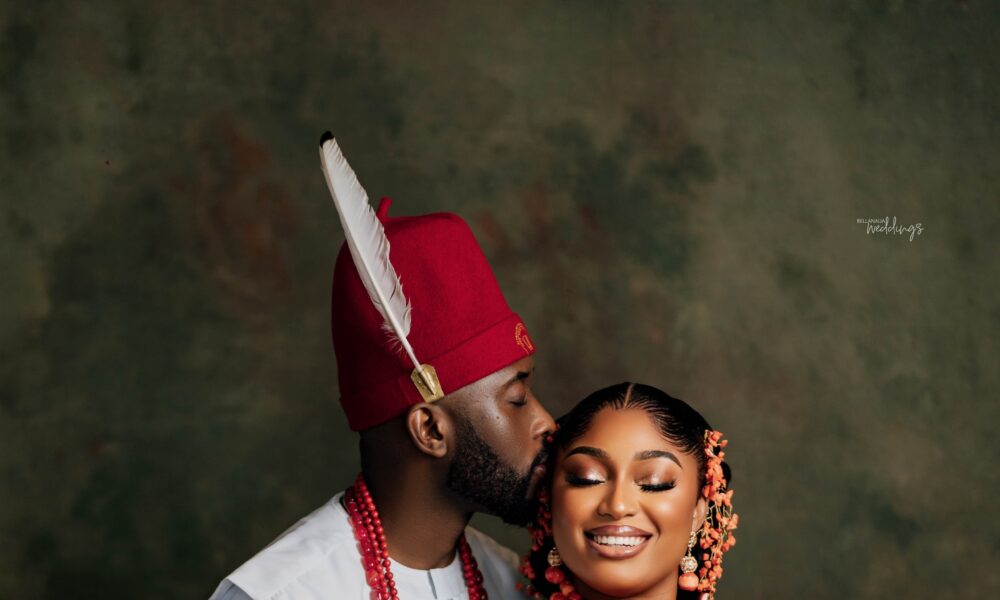
Anwuli and Kennedy's love story, sparked by an Instagram connection, led to a beautiful Igbo traditional wedding. After ...
Teyana Taylor & Lucien Laviscount Light Up the 'Spirit Tunnel' with Epic Dance Moves!

The Jennifer Hudson Show features high-energy 'Spirit Tunnel' entrances, with Lucien Laviscount making a stylish walk an...
Kenya's Billion-Shilling Travel Bill: Austerity Pledge Broken?

The Kenyan government spent nearly Sh5 billion on travel in the first three months of FY 2025/26, raising concerns about...
Shehu Sani Urges Nigerians: Shun US Travel Ban, Build Nation

The United States has enacted new travel restrictions impacting Nigerian nationals, covering both immigrant and several ...
.png&w=1920&q=75)

